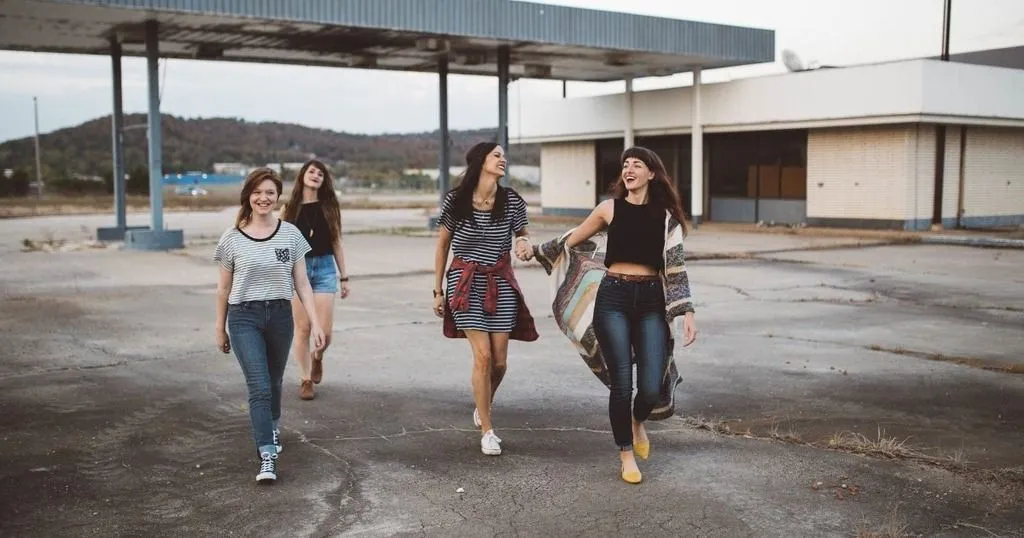Eating behaviors in childhood obesity
Is time spent looking at food related to eating behavior? Researcher Lundquist and her colleagues studied the relationship between delayed gratification and consumption of food.
Posted by
Published on
Fri 10 Jan. 2025
Topics
| Nutrition | Attention | Behavioral Research | Child | Child Development | Coding Behavior | Cognition | Eating Behavior | Obesitas | Observational Research | Psychology | The Observer XT | Video Observation |

Worldwide, childhood obesity is a growing health issue. The World Health Organization (WHO) argues that children should do more physical activity and eat less energy-dense, nutrient-poor foods. What can we do to improve children’s eating behaviors?
In this blog post, we tell you a little more about a study by researcher Ella Lundquist of the Pennsylvania State University and her colleagues at the University of Kansas Medical Center and Children’s Mercy Hospital. As part of a larger study on the effects of commercials on food intake, they studied the relationship between children’s behaviors during a delay of gratification task and eating behaviors during test meals.
Self-control and obesity
One of the factors that is important in both the cause and potential treatment of obesity is self-control. Self-control is the ability to regulate one’s own emotions, thoughts, and behaviors. It consists of multiple facets, including delay of gratification. Delay of gratification is the process of resisting an immediate reward in favor of a later, more valuable reward.
When studying the ability to delay gratification, researchers typically present children with a rewarding food and tell them that they can get more if they are willing to wait for an undisclosed amount of time. For example, a child may choose to get one marshmallow immediately, or to get two if he or she waits (usually for five to twenty minutes). The idea is that the length of time a child can wait for the reward is indicative of self-control, particularly in relation to food.
Looking at food = attentional bias?
Indeed, studies have shown that poorer performance on a delayed gratification task is related to the development of obesity. However, other researchers argue that waiting times may simply reflect how valuable the food item is to the child. Moreover, there is no clear guidance for how long children should wait, possibly limiting the validity of the task.
An alternative to observing waiting time is to identify behaviors during the task that are more generally related to overeating. Specifically, coping strategies such as looking away from food can help extend waiting time. On the other hand, greater time spent looking at food may reflect an attentional bias and present a potential risk factor for obesity.
Lundquist and her team observed these behaviors during a delayed gratification task, in a group of children aged seven to nine years old. They predicted that children who spent more time focused on food, sitting still, and staying silent would have a higher energy intake at subsequent meals. They also hypothesized that these behaviors would be associated with a greater intake of high energy-dense foods.
| Want to set up your own observational lab? Read on to get practical tips and see real-world examples.
Observing looking behaviors
The researchers included a sample of 40 children in their study, of which 24 had a healthy weight and 16 were overweight or obese. They were studied during three laboratory visits. On the first visit, children ate a meal and then completed a delayed gratification task about 30 minutes later. On visits two and three, children viewed a commercial (about food or toys) prior to eating a meal. At each test meal, children could eat as much as they wanted.
During the delayed gratification task, children’s behaviors were videotaped and coded using The Observer XT. Researchers observed looking behaviors, verbal distractions, and movement.
FREE TRIAL: Try The Observer XT yourself!
Request a free trial and see for yourself how easy behavioral research can be!
- Work faster
- Reduce costs
- Get better data
Looking behaviors and food intake
Results showed that children who spent more time looking at food during the delayed gratification task ate more during the subsequent meals. They also ate more energy-dense foods. Furthermore, the researchers found that children who spent more time diverting their attention away from food tended to eat less at laboratory meals. No significant results were found for verbal distractions or movement.
These results are in line with the study’s predictions and provide valuable insights into children’s reactions to food cues. The researchers suggest that future research could also include observations of behaviors during meals, or study behaviors in a delayed gratification task with non-food items.
Understanding more about how eating behaviors are influenced remains important in preventing and treating childhood obesity.
Reference
Lundquist, E.; Austen, M.; Bermudez, M.; Rubin, C.; Bruce, A.; Masterson, T.; Keller, K. (2019). Time spent looking at food during a delay of gratification task is positively associated with children’s consumption at at libitum laboratory meals. Appetite, 141, doi: 10.1016/j.appet.2019.104341.
Frequently asked questions
How does eating behavior in early childhood relate to obesity later in life?
Eating habits formed in early childhood can influence a child's risk of developing obesity later on. For example, consistent fast eating or overeating during childhood is associated with a higher body mass index (BMI) and a greater chance of obesity in adolescence and adulthood.
What role does parental behavior play in preventing childhood obesity?
Parents have a strong influence on their children's eating pace and portion control. Modeling slower eating, providing healthy meals, and creating a calm mealtime environment can reduce the risk of obesity by encouraging better self-regulation and awareness of hunger and satiety cues.
Is there a link between screen time during meals and obesity in children?
Yes, studies have shown that screen use during meals can lead to distracted eating, faster eating, and higher calorie intake. This behavior is associated with an increased risk of childhood obesity, as children may eat more than they need without noticing fullness signals.
Can schools help reduce obesity by addressing eating pace?
Schools can support healthy eating habits by providing enough time for lunch, encouraging calm eating environments, and incorporating nutrition education . These strategies can help children slow down their eating and contribute to long-term obesity prevention.
Why is it important to measure eating pace in obesity research?
Eating pace is a measurable behavior that provides insights into how much and how fast children eat. Studying this behavior helps researchers understand one of the many contributing factors to obesity and develop targeted interventions that can promote healthier eating habits.
Related Posts

Direct observations help develop effective interventions in adolescence

Measuring flow
